While many people enjoy attracting birds to their yards with feeders, some bird species consistently refuse these seemingly generous offerings. Despite our best efforts with different seed types and feeder styles, certain birds remain notably absent from these backyard feeding stations. This curious behavior has fascinated ornithologists and backyard birders alike, leading to research that reveals fascinating insights into avian behavior, ecology, and evolution. Understanding why some birds avoid feeders can help us better appreciate the diverse needs of our feathered neighbors and potentially develop more inclusive bird-friendly environments.
Natural Diet Specialists
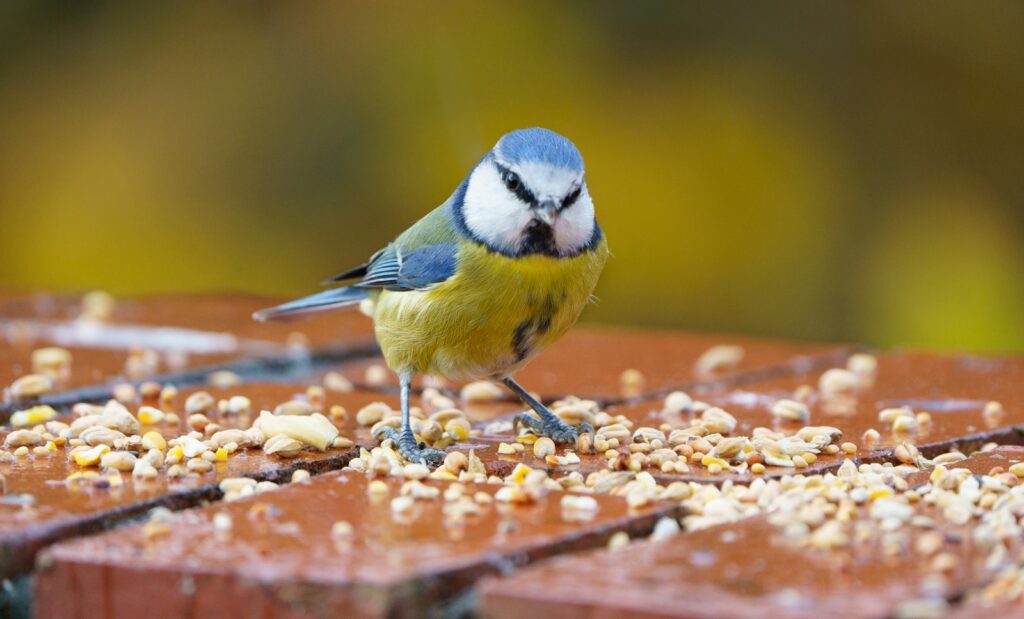
Many birds that avoid feeders are highly specialized feeders with diets that typical bird feeders simply cannot accommodate. Insectivores like warblers, flycatchers, and swallows have evolved specialized bills and feeding techniques specifically for catching insects on the wing or gleaning them from vegetation. Their digestive systems are adapted to process protein-rich insect matter rather than seeds or suet. Similarly, birds like herons and kingfishers that primarily eat fish or aquatic organisms would find little value in visiting a standard backyard feeder. These dietary specialists have developed such specific feeding adaptations over millions of years that they cannot easily switch to alternative food sources, even when they might seem abundant and accessible.
Foraging Behavior Constraints

How birds have evolved to search for and obtain food—their foraging behavior—can make feeders incompatible with their natural feeding styles. Ground-feeding birds like many sparrow species, towhees, and juncos may avoid hanging feeders because they’ve evolved to scratch and forage on the forest floor. Birds that probe for food, such as woodpeckers seeking insects beneath tree bark or waders probing mud for invertebrates, find their specialized techniques unusable at conventional feeders. Even platform feeders that might seem more accommodating to different feeding styles can be problematic for birds that need to move continuously while feeding or that have evolved specific movement patterns tied to successful foraging. These deeply ingrained behavioral patterns aren’t easily modified, even when alternative feeding methods might provide abundant food.
Habitat Preferences
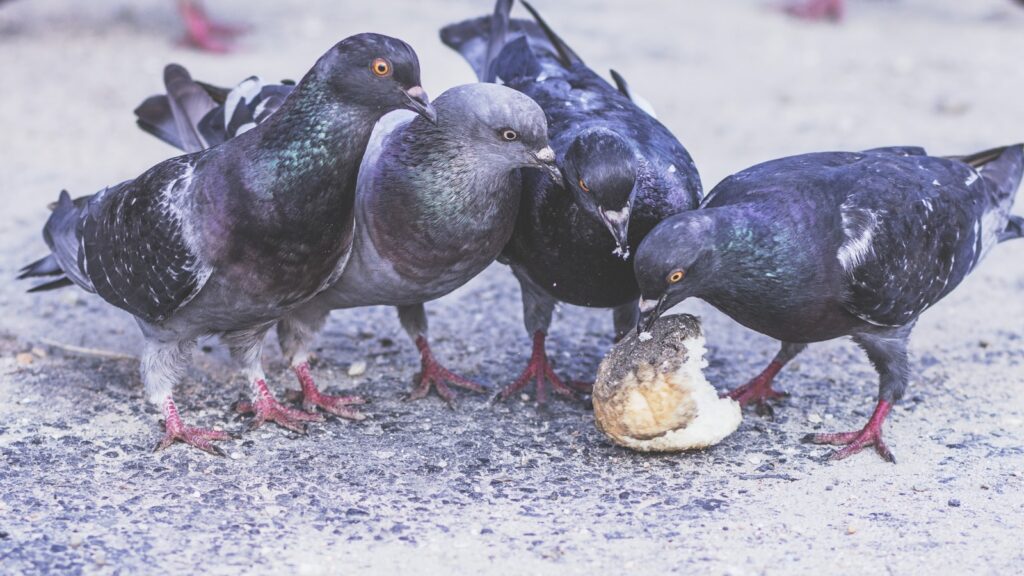
Many birds that avoid feeders are habitat specialists that rarely venture into the environments where feeders are typically placed. Deep forest specialists like many thrushes, vireos, and certain warblers may avoid feeders simply because they rarely leave the forest interior where they feel secure. Grassland specialists such as meadowlarks and bobolinks similarly avoid venturing into the suburban or even rural yards where feeders are common. Wetland birds like rails and bitterns are so tightly bound to their specific habitat that they would rarely encounter a feeder. These birds have evolved complex relationships with their preferred habitats that go far beyond food availability, including requirements for shelter, breeding sites, and protection from predators that cannot be satisfied by simply offering food in an unsuitable location.
Neophobia and Cautious Temperaments
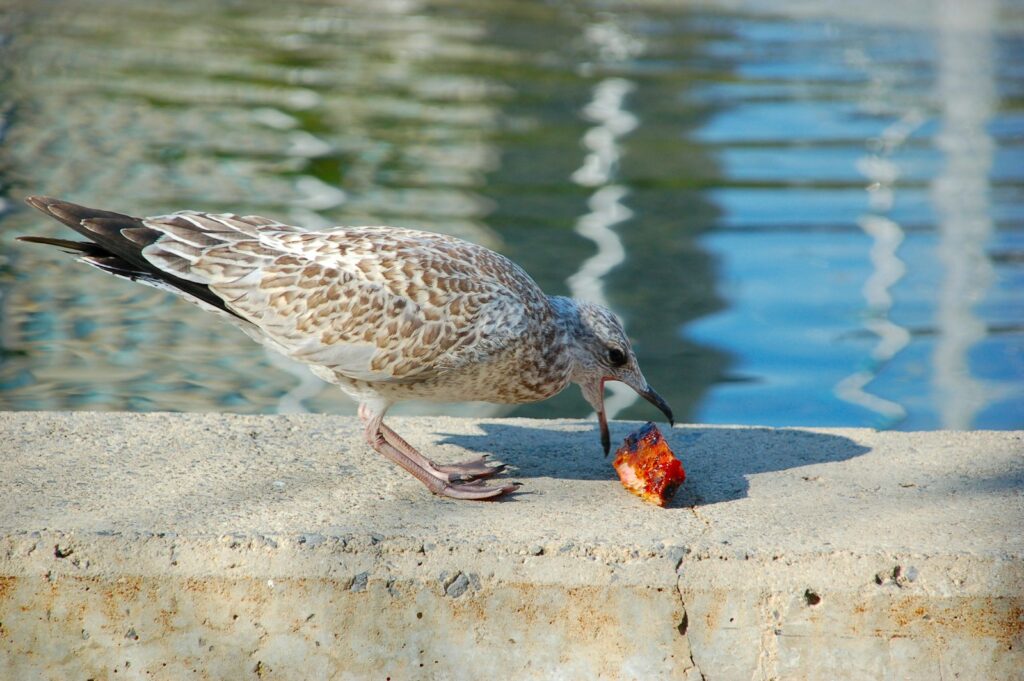
Some bird species display a strong innate wariness toward new objects in their environment—a trait known as neophobia. This cautious approach serves as a survival mechanism that helps birds avoid potential dangers in unfamiliar situations. Corvids (crows and jays), despite their intelligence, can be surprisingly wary of new feeding structures until they’ve observed other birds using them safely. Some species like California Quail and various thrush species, consistently demonstrate higher levels of neophobia than others. Research has shown that these behavioral differences often have genetic components and can vary even within species based on factors like urbanization exposure. Birds from rural areas with less human contact often show stronger neophobic responses to feeders than their urban counterparts, who have adapted to human structures.
Territorial and Social Dynamics
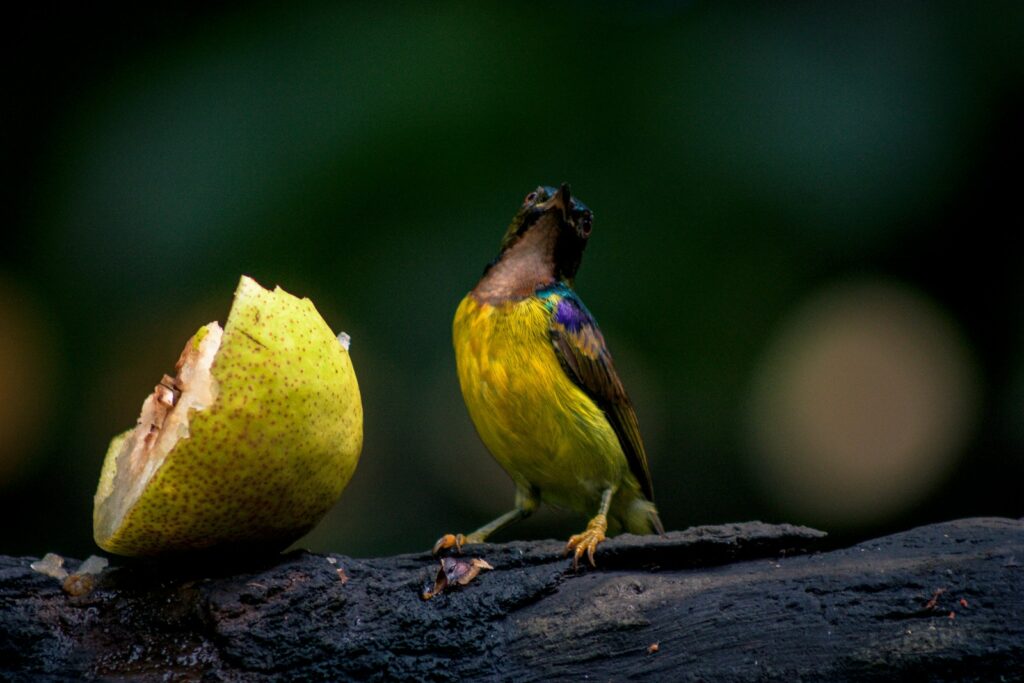
The social structure and territorial behavior of certain bird species can make feeder visits impractical or undesirable. Highly territorial birds like American Robins, Eastern Bluebirds, and Northern Mockingbirds may avoid feeders because these locations become hubs of bird activity that would require constant defense. Solitary hunters like many hawks and owls naturally avoid congregating with potential prey species and would find the social dynamics of a feeder counterproductive to their hunting strategies. Some birds maintain strict hierarchies within their species that make crowded feeders socially stressful environments. These complex social factors mean that even birds that could physically eat feeder offerings might avoid them due to the socially problematic environment that feeders create from their perspective.
Seasonal Migration Patterns
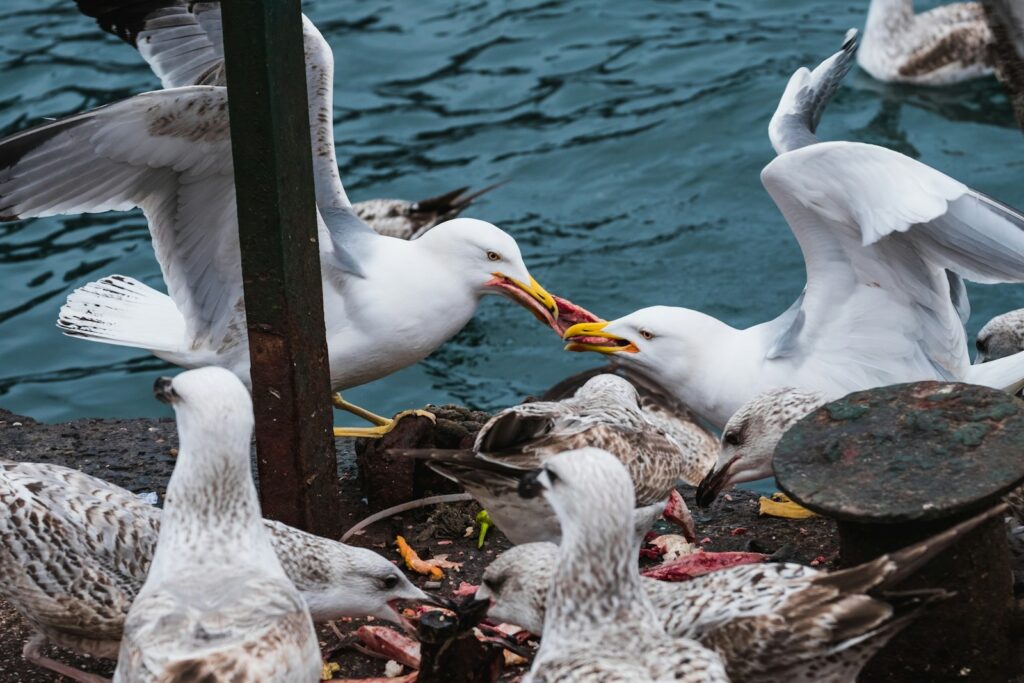
Many birds that seem to avoid feeders are migratory species that simply aren’t present when we’re looking for them. Neotropical migrants like many warblers, tanagers, and flycatchers spend winters in Central and South America, making their absence from North American feeders during winter months a matter of geography rather than choice. Even during their breeding season in North America, these birds are often focused on protein-rich foods to support reproduction and may not seek out seed-based feeders. Some long-distance migrants have such compressed breeding seasons that they focus intensely on natural food sources that provide specific nutrients needed for successful reproduction. The biological imperative to follow established migration patterns often overrides opportunistic feeding behaviors that might otherwise lead birds to discover and use feeders.
Competition and Dominance Hierarchies
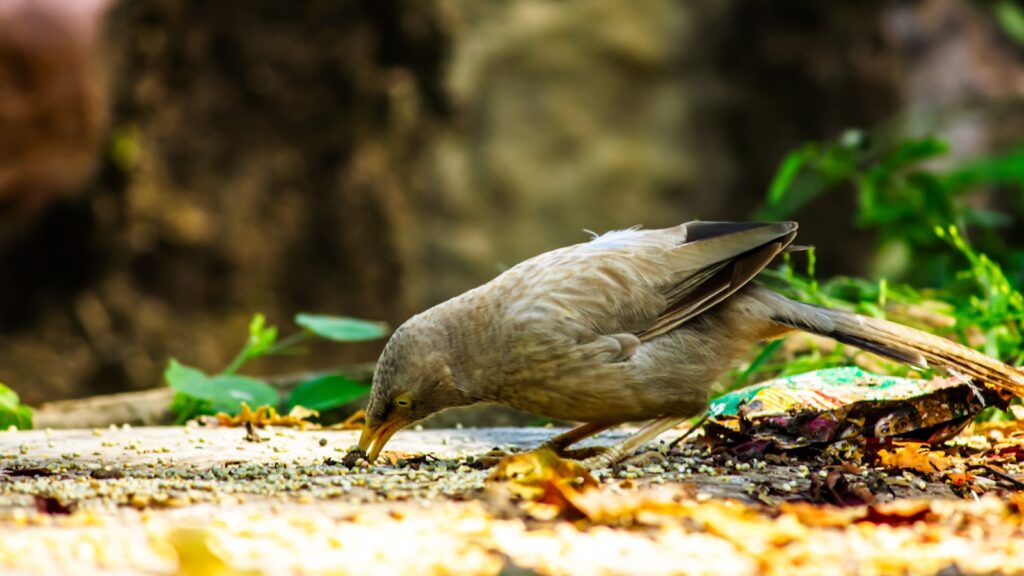
Feeders can become hotspots of interspecies competition, creating environments dominated by aggressive or larger bird species that exclude others. Small or timid birds like Tufted Titmice or Brown Creepers might avoid feeders because larger birds like Blue Jays or European Starlings monopolize these resources. Research has documented clear dominance hierarchies at feeders, with certain species consistently yielding to others. The energetic cost of repeatedly approaching a feeder only to be chased away can outweigh the potential caloric benefit of the food itself. Some studies suggest that subordinate species may develop alternative strategies, such as visiting feeders during early morning or late evening when dominant species are less active, or avoiding feeders altogether in favor of natural food sources with less competition.
Predation Risk Assessment

Feeders can represent predation hotspots that some birds evaluate as too dangerous to visit. Feeders often require birds to feed in exposed positions where they may be vulnerable to aerial predators like Cooper’s Hawks or ground predators like house cats. Research has shown that birds constantly make risk-reward assessments when feeding, and some species have higher risk thresholds than others. Small birds with limited flight speed or maneuverability, such as chickadees and nuthatches, often employ “grab and go” strategies at feeders, while species that can’t employ these tactics may avoid feeders entirely. Studies using experimental predator calls and models have demonstrated that some species abandon feeders for longer periods after perceived predator encounters than others, showing different risk tolerance levels across species.
Human Proximity Aversion
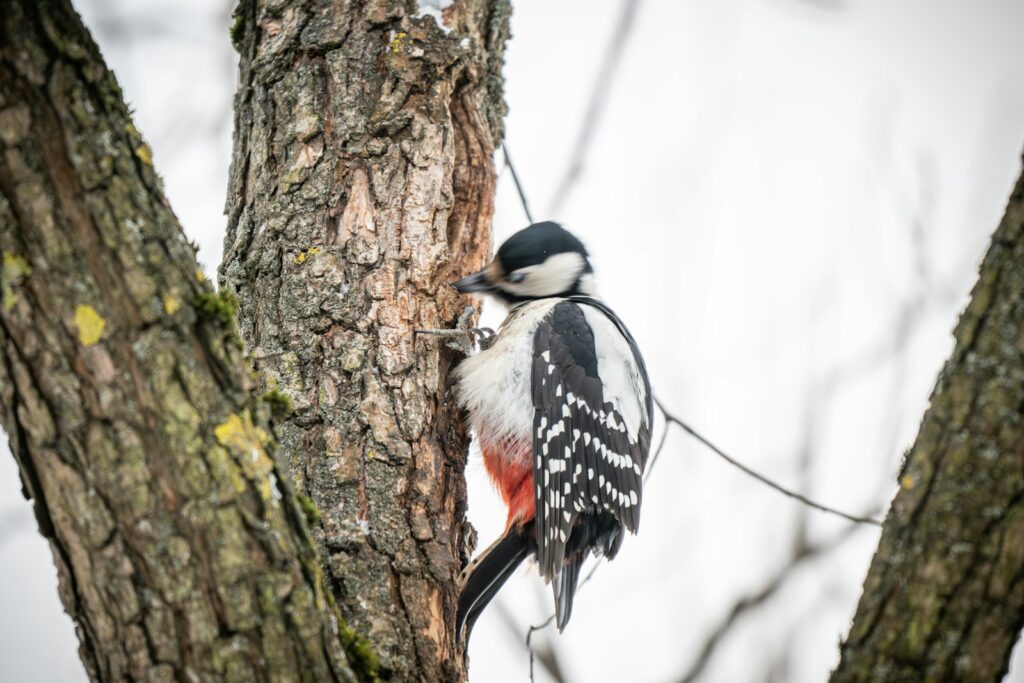
Birds vary dramatically in their tolerance for human activity, with some species consistently avoiding areas of human habitation regardless of food availability. Species that have historically faced hunting pressure, such as many waterfowl and game birds, may have evolved genetic wariness toward humans that makes them avoid feeders near houses. Some particularly sensitive species, like Pileated Woodpeckers or Scarlet Tanagers, may perceive human movements through windows as threatening, even when humans aren’t directly approaching the feeder. Research on flight initiation distances (how close a human can approach before a bird flies away) shows consistent species-specific differences that correlate well with feeder visitation patterns. These deeply ingrained responses to human presence can override food motivation for many species, particularly those that haven’t adapted to urbanization.
Artificial Food Wariness
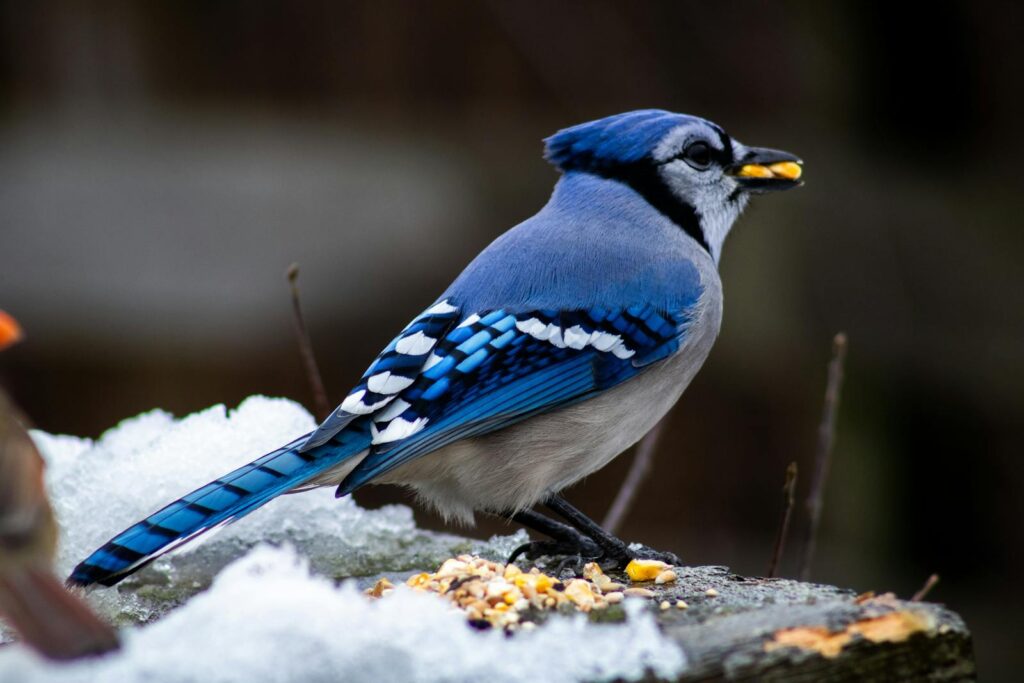
Some birds appear to have an innate or learned wariness toward processed or artificial foods commonly offered at feeders. Research suggests certain species may be sensitive to subtle differences between natural foods and commercial bird seeds, including preservation methods, age of seed, or the presence of unfamiliar compounds. Wild birds that have evolved to identify specific visual, olfactory, or taste cues associated with their natural foods may not recognize commercial offerings as edible. Studies comparing preferences for wild-harvested versus commercial seeds have shown that some species strongly prefer natural seed sources even when the nutritional content is identical. This food conservatism serves an evolutionary purpose by preventing birds from consuming potentially harmful novel foods, but it can also limit their willingness to exploit feeder resources.
Environmental and Seasonal Abundance
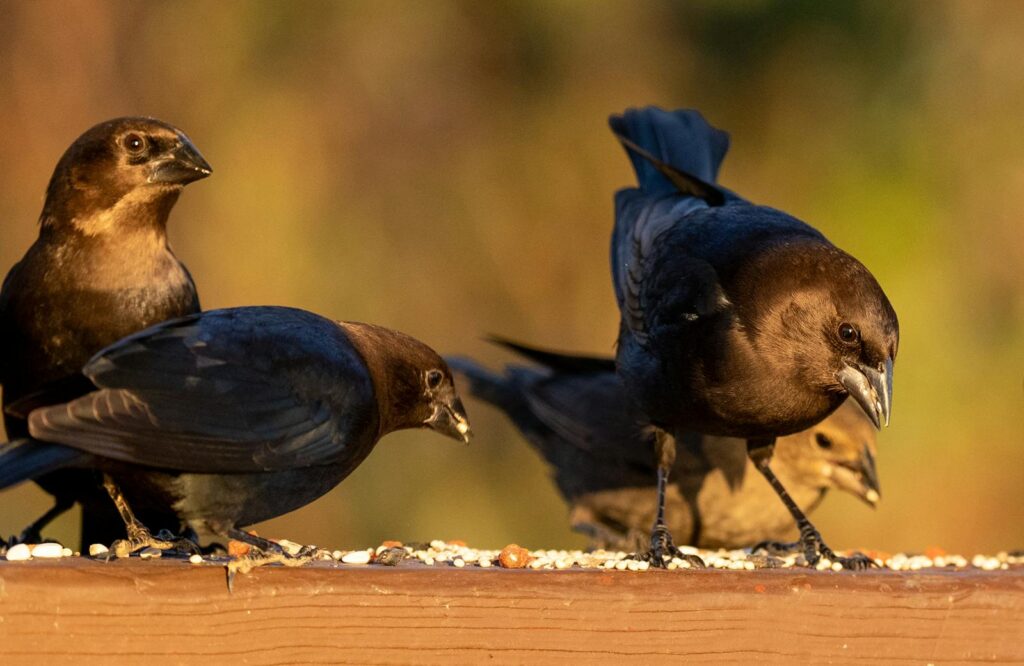
The natural abundance of food in the environment dramatically impacts feeder visitation patterns across different species. Birds that specialize in seasonally abundant natural foods, such as waxwings with their preference for fruit or swallows focusing on flying insects, may only turn to feeders during extreme weather or food shortages. Research tracking feeder visitation shows clear correlations between natural food scarcity and increased feeder use in many species. Some birds that seem to avoid feeders entirely may visit occasionally during specific circumstances, such as late winter when natural food stores are depleted or during extreme weather events that make foraging difficult. These occasional visitors may go unnoticed by casual observers who aren’t monitoring feeders during the specific conditions that might drive these species to supplemental food sources.
Evolutionary Time Lag
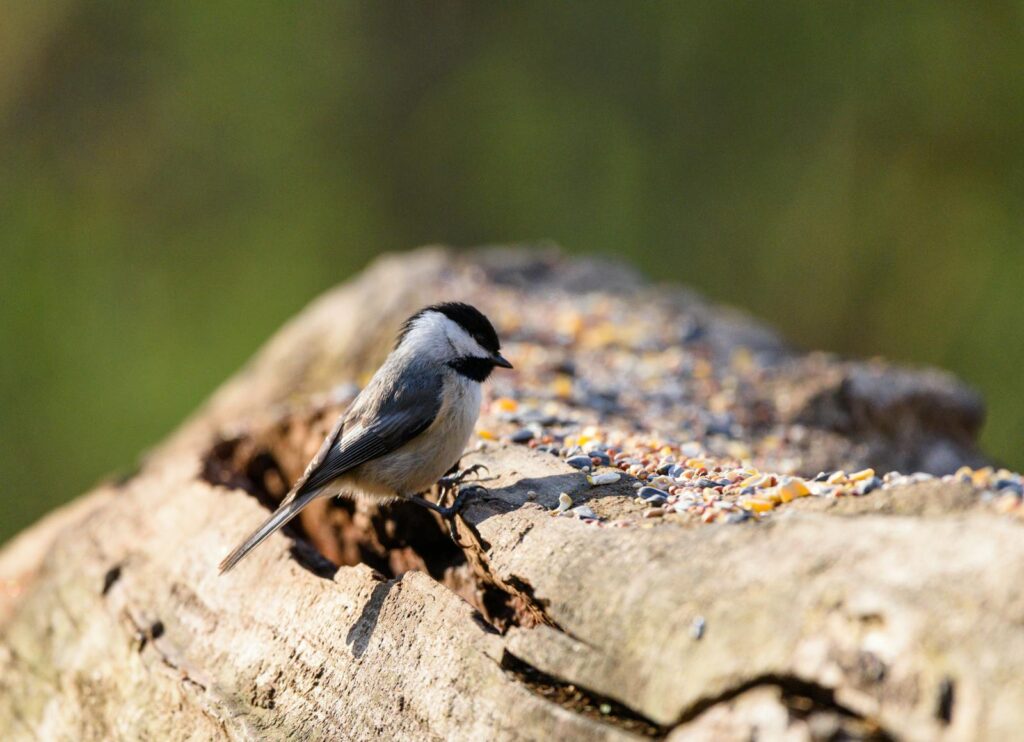
Bird feeders represent an extremely recent development on an evolutionary timescale, and some species simply haven’t adapted to recognize these structures as food sources. The widespread practice of feeding wild birds only became common in the mid-20th century, providing relatively few generations for birds to develop new behaviors around these novel food presentation methods. Species with longer lifespans and slower reproductive rates, like many raptors and waterbirds, have had even fewer generations to potentially adapt to feeder use. Interestingly, research comparing bird populations in areas with longer histories of bird feeding (like the UK and parts of the US Northeast) shows greater feeder adaptation than in regions where the practice is more recent. This suggests that, given sufficient time, more species may eventually incorporate feeder use into their behavioral repertoires, though this process occurs over decades or centuries rather than years.
Creating More Inclusive Bird Habitats
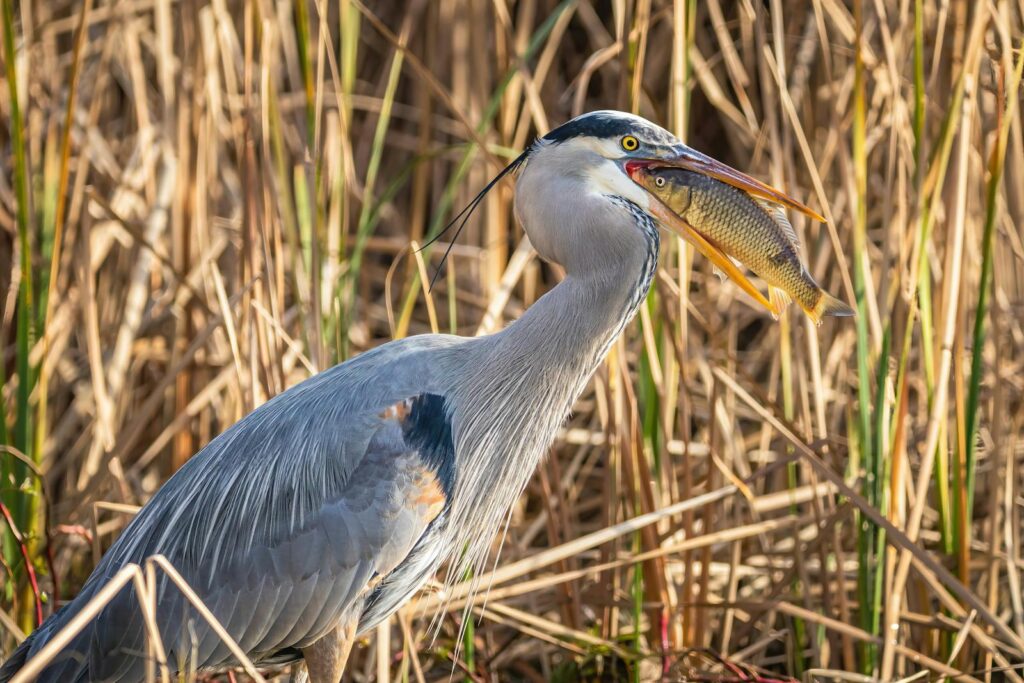
Understanding why some birds avoid feeders can help create more holistic bird-friendly environments that support a wider diversity of species. Native plant landscaping provides natural food sources for insectivores and nectar-specialists that traditional feeders don’t serve. Creating brush piles, maintaining leaf litter, and reducing manicured lawn areas can attract ground-foraging species that avoid hanging feeders. Water features, especially those with moving water, attract many birds that rarely visit seed feeders but require reliable water sources. Maintaining some distance between feeding stations and areas of human activity can help more skittish species feel secure enough to visit. By complementing traditional feeders with these habitat enhancements, backyard birders can support both feeder-using and feeder-avoiding species, creating microhabitats that more closely resemble the complex natural environments where all birds evolved.
As we’ve explored, the reasons some birds avoid feeders reflect the fascinating diversity of avian adaptations. From specialized diets and foraging behaviors to social dynamics and evolutionary constraints, these patterns help us understand the complex relationship between birds and their environments. Rather than viewing feeder avoidance as a challenge to overcome, we might better appreciate it as a window into the rich ecological roles these species play. By expanding our approach beyond feeders to include habitat enhancement, we can support the full spectrum of bird diversity—both those that readily accept our offerings and those whose evolutionary paths have led them in different directions. In this way, our appreciation for birds can extend beyond the feeder visitors to embrace the full tapestry of avian life that enriches our world.
